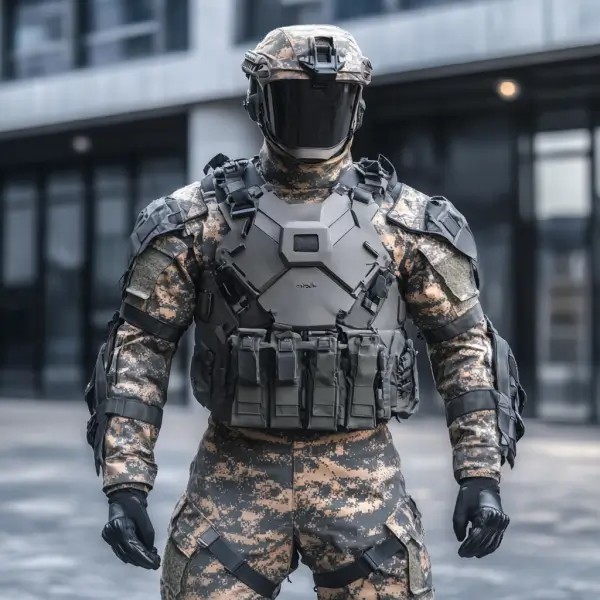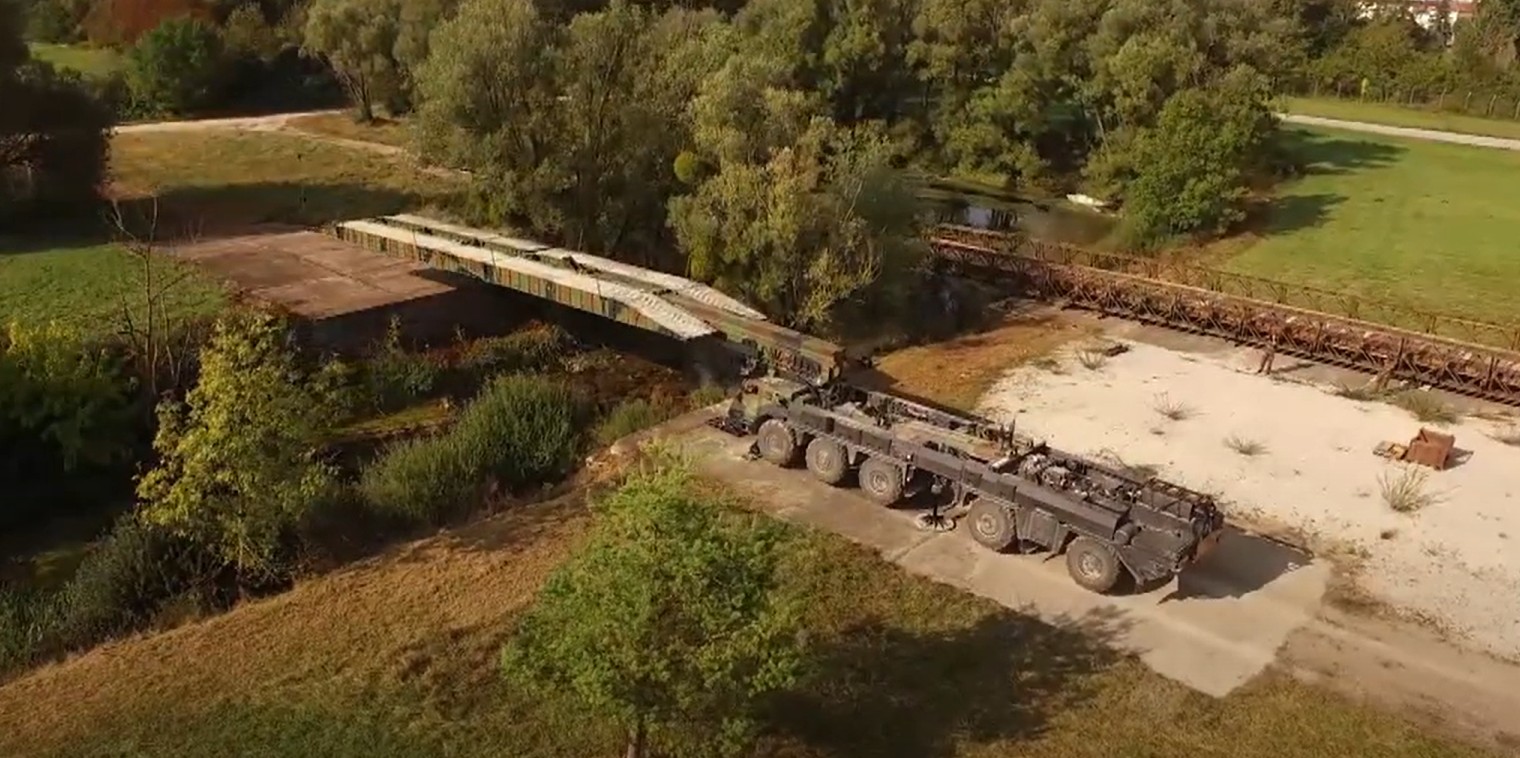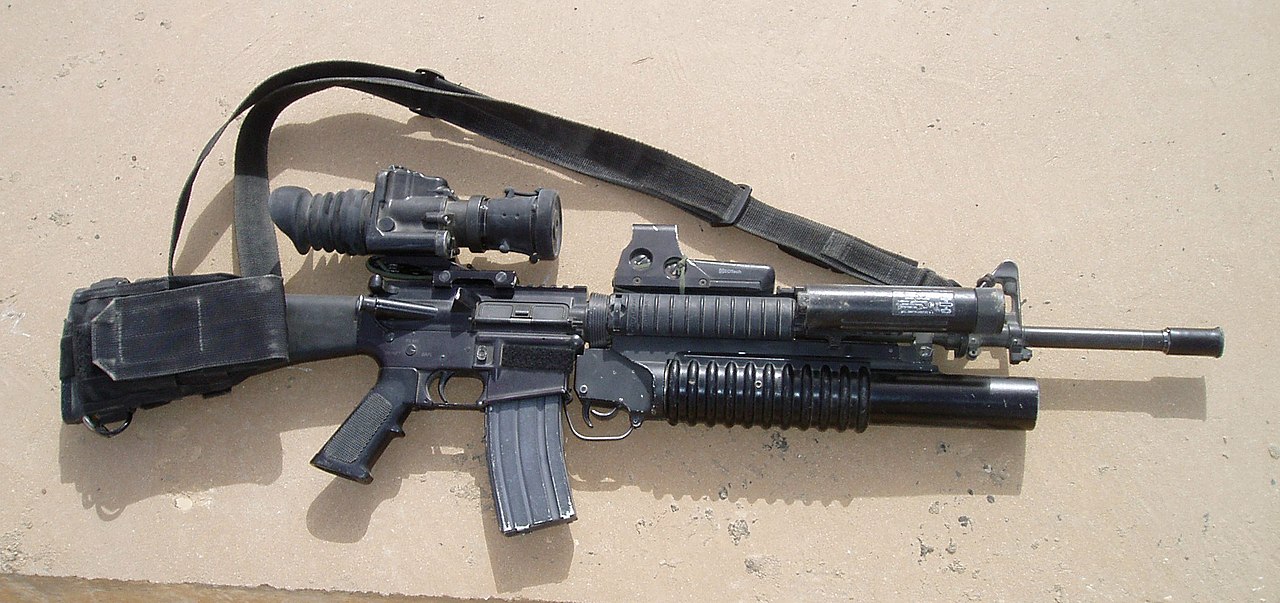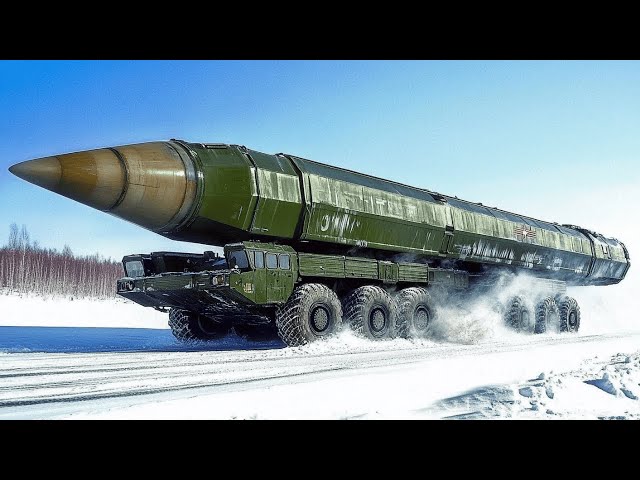The evolution of body armor has been a critical component of military advancements throughout history, offering soldiers the protection needed to withstand various combat threats. The latest buzz in military defense technology circles centers around the U.S. Army’s groundbreaking plans to develop a comprehensive Full Body Armor Suit.
Next-Generation Personal Protection
In recent years, technological advancements have paved the way for the development of highly sophisticated protective gear. The U.S. Army’s ambitious project aims to revolutionize personal protection for soldiers, enhancing both safety and operational effectiveness. This cutting-edge armor, often referred to as an “Iron Man” suit, promises unrivaled lethality, survivability, and situational awareness.
Features and Specifications
The Full Body Armor Suit is designed not only to shield soldiers from ballistic attacks but also to incorporate advanced capabilities such as enhanced mobility and real-time data communication. Here are some of the anticipated specifications:
| Feature | Specification |
|---|---|
| Material Composition | Lightweight composite materials with reinforced Kevlar and titanium layers |
| Weight | Approximately 20-30% lighter than current body armor systems |
| Power Supply | Integrated micro-power generator with battery backup |
| Sensory Capabilities | 360-degree situational awareness via helmet-mounted displays |
| Communication Systems | Secure, encrypted real-time link to command centers |
| Thermal Regulation | Incorporated with temperature control to maintain comfort |
Technological Integration
Among its numerous features, the armor is expected to integrate technologies that dramatically enhance combat capabilities. Soldiers wearing the suit will have access to heads-up displays (HUDs) that project critical battlefield information directly onto the visor. This headset not only relays navigational data but also provides biometric feedback regarding the soldier’s health status, enabling command units to monitor the wearer’s vital signs and detect any injuries in real-time.
Enhanced Mobility
One of the key challenges in developing full body armor has been balancing protection with mobility. The U.S. Army’s new design prioritizes maneuverability through the use of powered exoskeletons that support the wearer’s movement. These assistive devices bond seamlessly with the suit’s frame, offering amplified strength and reduced fatigue during extended operations.
Research and Development
The development of such advanced gear necessitates significant research and collaboration between the military and technological industries. The U.S. Army has partnered with leading defense contractors and tech innovators to push the boundaries of what’s possible in soldier protection. This includes experimenting with new materials that offer both lightweight properties and superior strength, as well as exploring novel energy solutions to keep the suit operational for prolonged periods without requiring frequent recharges.
Impact on Future Combat
The introduction of the Full Body Armor Suit is poised to dramatically shift how military operations are conducted. Its incorporation into the armed forces will not only provide a tactical advantage but also redefine personal safety levels in hostile environments. By offering troops increased protection and communication efficiency, the armor allows for more agile responses to dynamic combat situations.
- Increased Survivability: The suit’s robust construction and integrated life support systems are designed to enhance soldier survivability under extreme conditions.
- Improved Situational Awareness: Real-time data feeds and augmented reality displays ensure soldiers remain informed and aware of their surroundings.
- Support for Special Forces: Tailored configurations of the suit can be developed for specialized missions, increasing the adaptability and efficacy of elite units.
Considerations and Challenges
Despite the promising design and specification of the Full Body Armor Suit, several challenges remain. The cost of production and field deployment will likely be significant, raising budgetary concerns. Furthermore, the suite of advanced technologies integrated into the armor demands robust training protocols to ensure soldiers can effectively operate and maintain the systems in the field.
Another consideration is the integration of this armor with current and future operational tactics. As with any new military technology, the full implications of its deployment must be carefully evaluated to avoid any potential limitations that higher levels of protection might impose on strategic flexibility.
Conclusion
The U.S. Army’s Full Body Armor Suit represents a leap forward in personal protection technology. With its blend of ballistic defense and technological enhancement, it promises to provide soldiers with unparalleled defense capability and operational advantages. As research and development progress, this visionary project may soon become a cornerstone of modern military strategy, setting new standards for soldier safety and combat dynamics in the 21st century.









